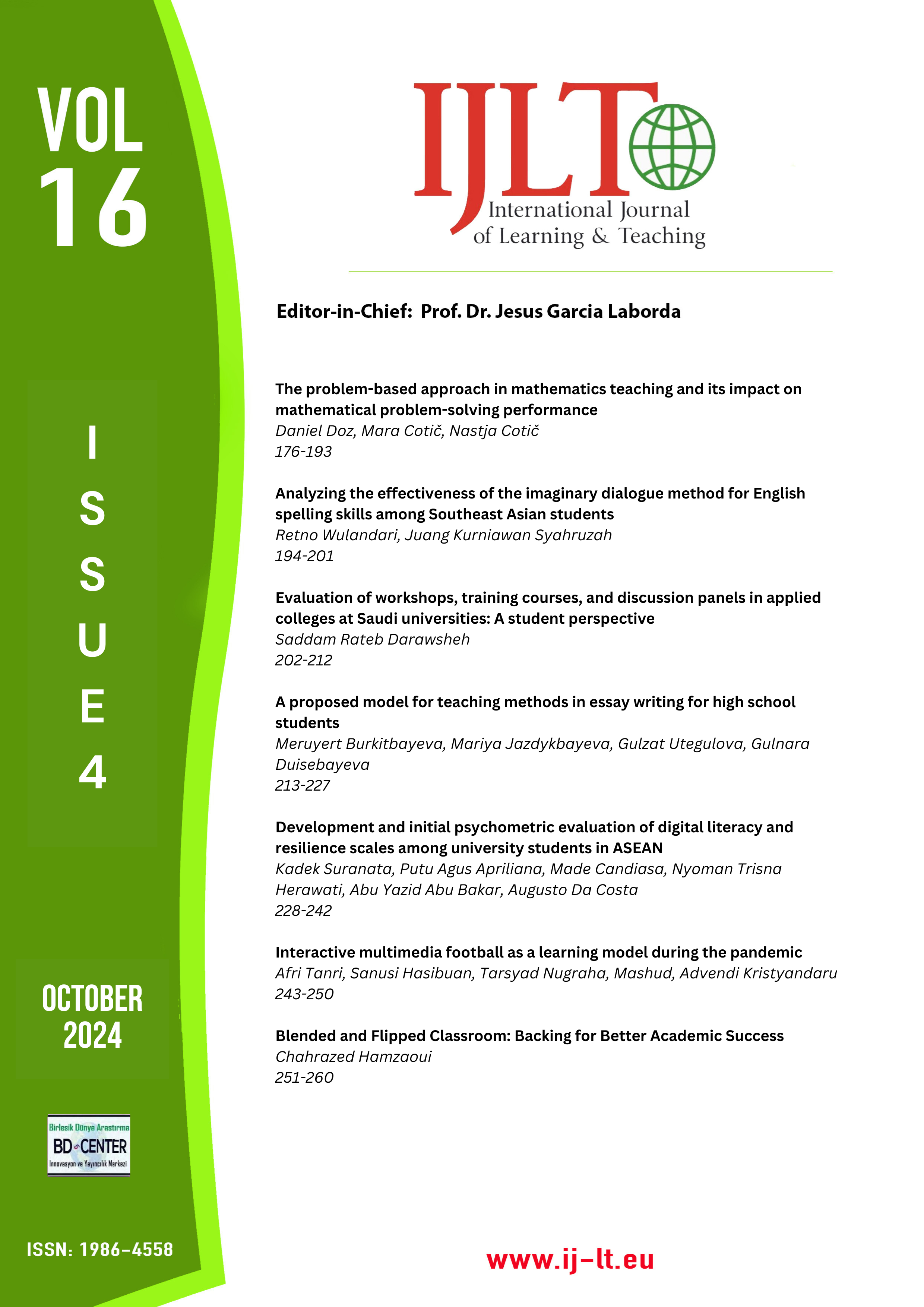A proposed model for teaching methods in essay writing for high school students
Main Article Content
Abstract
An essay is one of the most relevant and widely used public communication genres. However, there is no standardized system for teaching and assessing essay writing in high schools, leading to inconsistencies in student proficiency. This study examines the factors influencing persuasive essay writing among high school students to develop a structured model that enhances instruction for tenth and eleventh graders. An experiment involving 56 students was conducted, with an experimental group of 28 and a control group of 28. The model’s effectiveness was assessed by comparing the writing performance of both groups. The results indicate that students in the experimental group demonstrated significant improvement in essay writing compared to those in the control group. Evaluation of essay quality revealed that students in the experimental group developed essential communicative, analytical, and writing skills necessary for persuasive writing. The study develops and tests a model based on the communicative activity approach to establish both theoretical and practical foundations for teaching essay writing. The findings contribute to improving instructional strategies, offering educators an effective framework for fostering students’ writing competencies. This research highlights the importance of structured essay writing training in high school curricula.
Keywords: Assessment; essay; experiential learning; high school; language; teaching methodology
Downloads
Article Details

This work is licensed under a Creative Commons Attribution-NonCommercial-NoDerivatives 4.0 International License.
Authors who publish with this journal agree to the following terms:
- Authors retain copyright and grant the journal right of first publication with the work simultaneously licensed under a Creative Commons Attribution License that allows others to share the work with an acknowledgement of the work's authorship and initial publication in this journal.
- Authors are able to enter into separate, additional contractual arrangements for the non-exclusive distribution of the journal's published version of the work (e.g., post it to an institutional repository or publish it in a book), with an acknowledgement of its initial publication in this journal.
- Authors are permitted and encouraged to post their work online (e.g., in institutional repositories or on their website) prior to and during the submission process, as it can lead to productive exchanges, as well as earlier and greater citation of published work (SeeThe Effect of Open Access).
